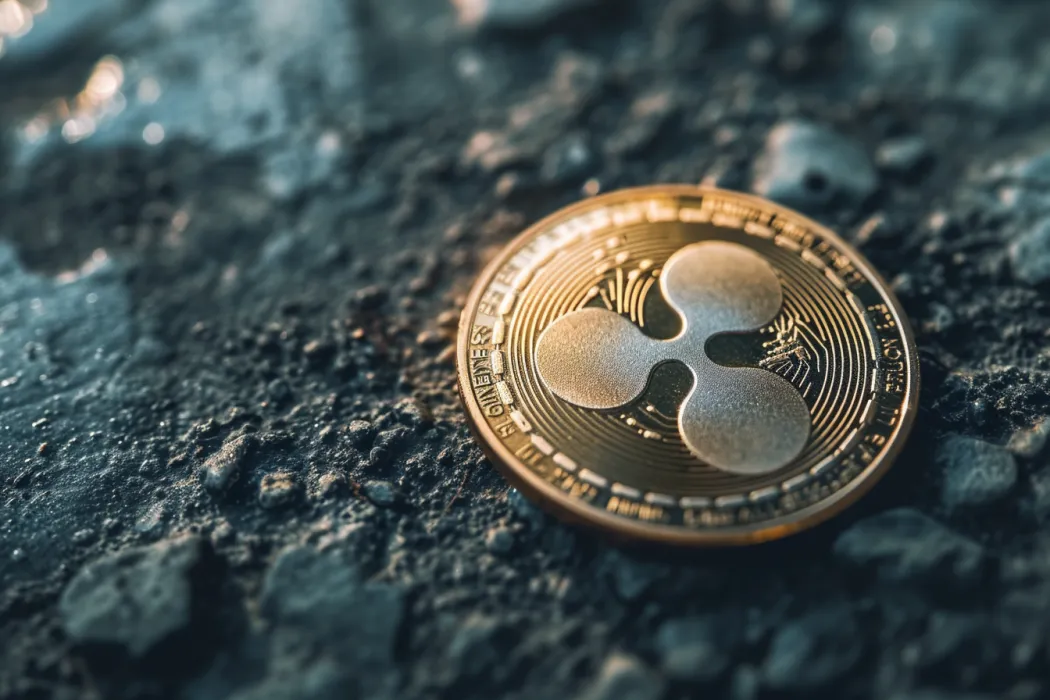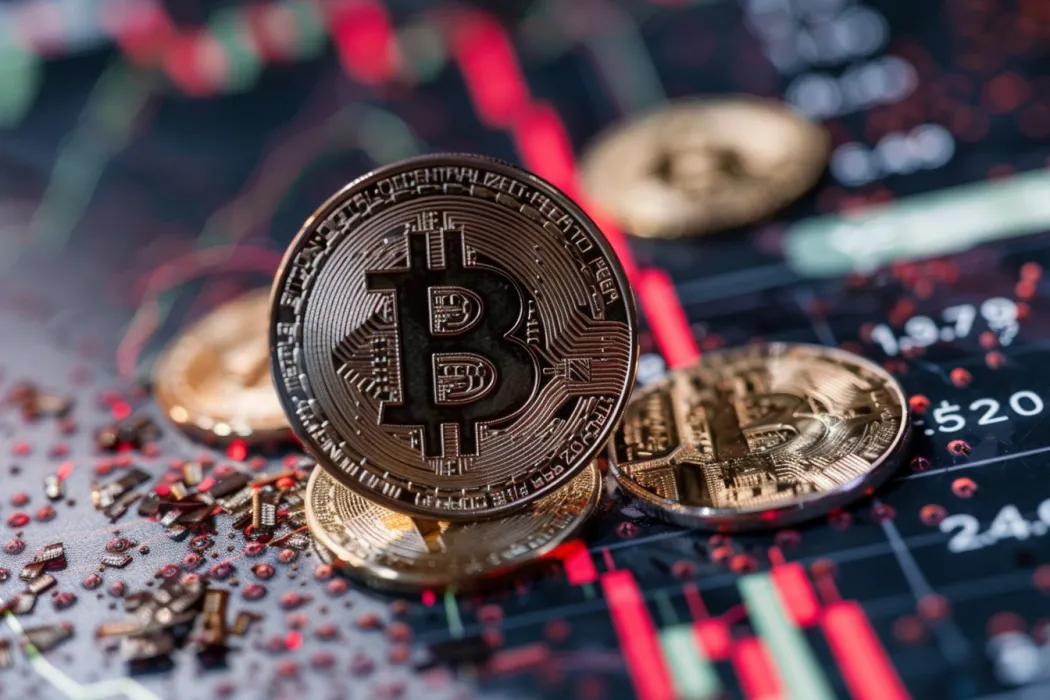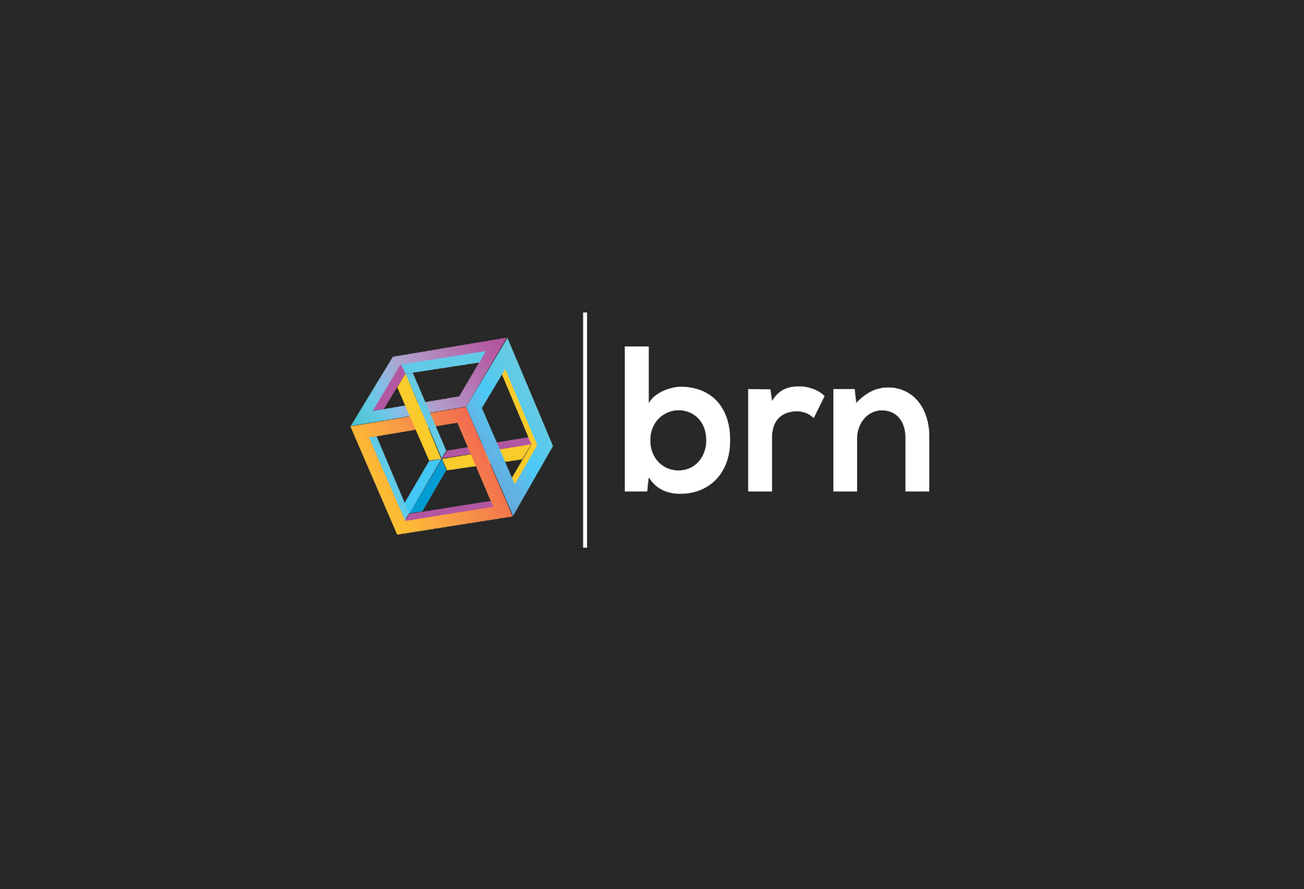Table of Contents
Cryptocurrencies and non-fungible tokens (NFTs) are mainstreaming into an asset class by themselves, with long-term investors’ increasing their exposure, underscoring the potential to new heights for these digital assets, which have seen exponential growth in recent years.
The volatility in these assets has been extreme, with over double-digit rises and falls in a short period, including within a single trading session.
But fund managers have started trading and investing in digital assets either directly or by buying into the stock, or controlling stake in some cases, of those firms involved with the infrastructure of cryptos and NFTs.
“There is no doubt on the rise in the interest in digital assets, which now form a significant part of risk-assets in long-term portfolios, after stocks,” the head of alternative asset research at a prominent investment firm in Europe told Blockhead.
“Cryptocurrencies and NFTs are becoming an integral part of investment strategies across the globe and are a must-have in multi-asset portfolios today,” he added.
The rise in major global companies looking at the metaverse as a platform in some form has also piqued asset managers’ interest, with several investment firms floating separate digital assets’ funds.
The metaverse is the new-age digital world through a combination of – augmented reality (AR), virtual reality (VR), mixed reality, and extended reality (XR) – experiences which bind content with the real world.
Each metaverse platform usually has its crypto tokens that users can buy and use online.
Virtual real estate is a hit among companies looking to posture themselves in the metaverse to entice and engage customers. In fact, just this week, Standard Chartered and brokerage firm Fidelity both announced metaverse plays, as they aim to capture this new market.
Investment firms have been buying into this metaverse land rush and pouring in millions of dollars, with the activity in real estate in virtual property reaching record highs.
The rise in online real estate is driven primarily because now more people buy digital art or other collectables and need a place to showcase them. Many artists and designers are also turning to the virtual world to host what they create.
While the value in some of the popular metaverse universes has already touched astronomical figures, the demand has not dwindled, and if anything, it has only increased.
“We are already late on the bandwagon, and we do not want to be left behind. While investors will still favour traditional assets, the flavour and appeal of new-age assets are catching up at a break-neck speed,” said a fund manager at an asset management firm in the US.
Metaverse land rush
“There are several funds now specifically for purchasing these digital parcels of lands, with plans to develop them into virtual hotels, stores, other uses and make money by leasing it out or selling ads to increase their returns,” he added.
A few analysts and fund managers, who agree with the digital assets’ investment philosophy, cautioned that these assets have to be adding value to a portfolio over the long term to gain acceptability, and cryptocurrencies and NFTs have a lot to prove still.
A 2021 report showed that according to Christian Mueller-Glissmann, a strategist at Goldman Sachs, “a small allocation to Bitcoin in a standard 60/40 portfolio since 2014 would have resulted in a strong outperformance, owing to higher risk-adjusted returns for Bitcoin compared to the S&P 500 and US 10-year bonds, and relatively low correlations between Bitcoin and other assets.”
But the strategist added, “the outperformance was largely owing to a handful of idiosyncratic Bitcoin rallies, making it too soon to conclude how much value it adds to a balanced portfolio.”
Fund managers expect 2022 to likely be a year of filtration in the crypto space as tokens with relevance, utility and sound fundamentals were expected to attract investors the most.
Regulations are also likely to drive investors’ sentiment, with several countries still opposed to the idea of cryptocurrencies.
But with more countries adopting these new-age digital assets, analysts, fund managers and research houses told Blockhead that a boost in cryptocurrencies and NFTs positioning in portfolios is highly likely this year.
“The investing community is broadly buying into cryptocurrencies, NFTs, and other forms of the metaverse. What has caught the attention is the massive market capitalisation of these cryptocurrencies, with some larger than the GDPs of a few countries combined,” said a fund manager at a large investment management company in the US.
“The returns on these have been phenomenal and head and shoulders above other asset classes, outperforming almost every traditional asset,” added the fund manager.
Portfolio hedge?
A few analysts also suggested that cryptocurrencies could become the new-age inflation hedge and crises assets as cryptocurrencies have outshined gold, the traditional hedge against terrible economic news and inflation.
A senior researcher in Europe said, “since the pandemic, global central banks and governments have pumped in more than $10 trillion to help their economies recover, which should have made gold sizzle, but cryptos have dazzled more instead.”
While the pandemic is still not in the rear-view mirror, as witnessed by the renewed restrictions and the surge in COVID-19 cases in China, the Russia-Ukraine war has added more uncertainty to the global economy this year.
Inflation has surged worldwide from supply chains disruptions due to the Ukraine war.
That has set major central banks to take interest rates higher this year, with the US Federal Reserve predicted to be the most aggressive.
Indeed, the Fed is poised to hike the federal funds rate by 50 basis points (bps) in May after a 25-bps lift at its previous meeting.
Fed officials have suggested multiple 50-bps hikes, with a US policymaker suggesting a 75-bps hike at the May meeting.
An aggressive policy tightening path risks bringing the next recession closer, and with no end in sight for the Russia-Ukraine conflict, the economic prospects are gloomy.
And only time will tell what that uncertainty does to digital assets.
For now, though, fund managers, research analysts and alternate investment advisors have given a thumps-up to the new-age asset class, cryptocurrencies and NFTs.
“Our recommendation for digital assets in the balanced portfolio has started to increase this year, with its share rising significantly, albeit still a low percentage of the overall allocations,” said a chief investment officer.
“But increasing by the day,” he added.









